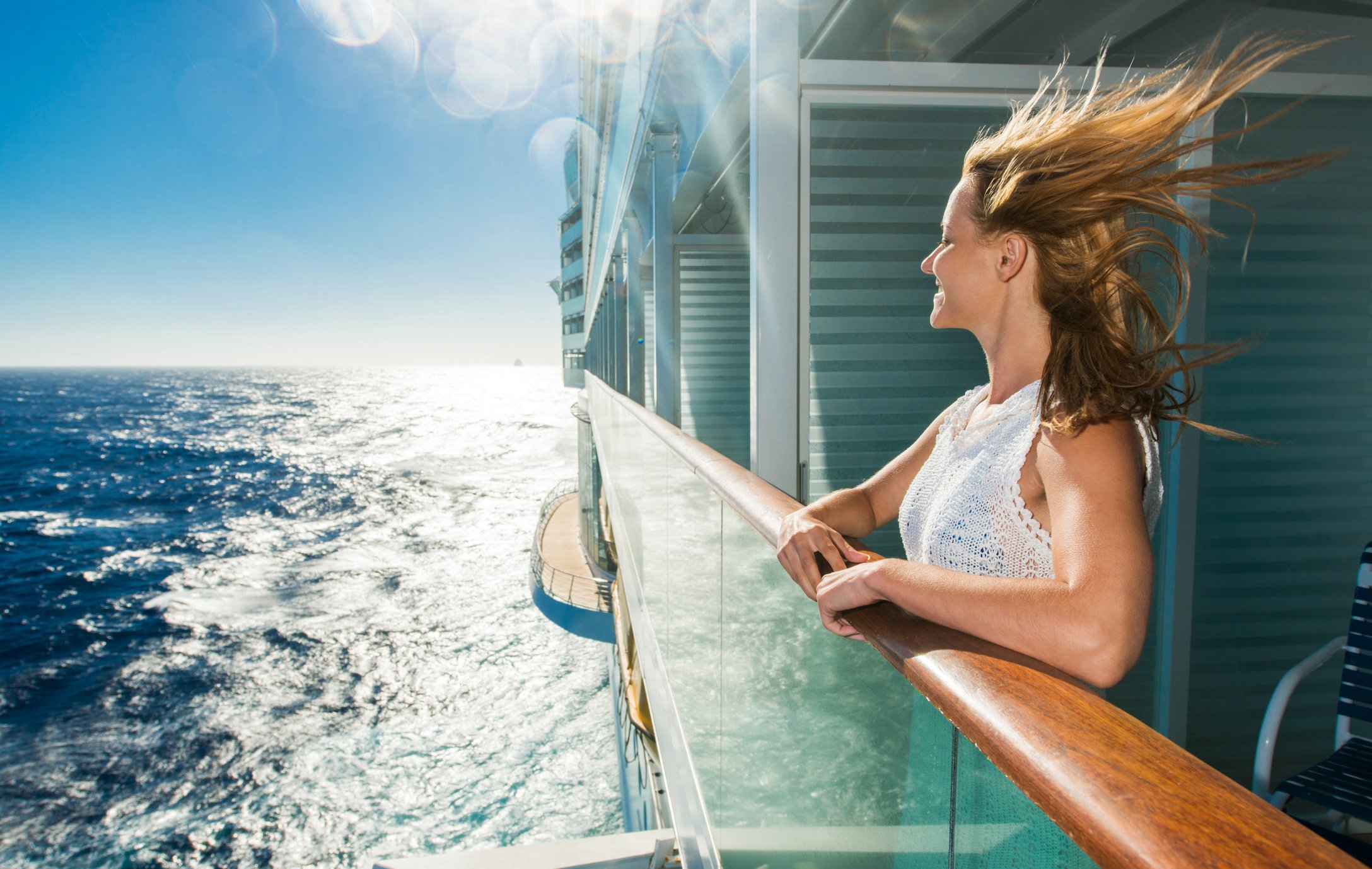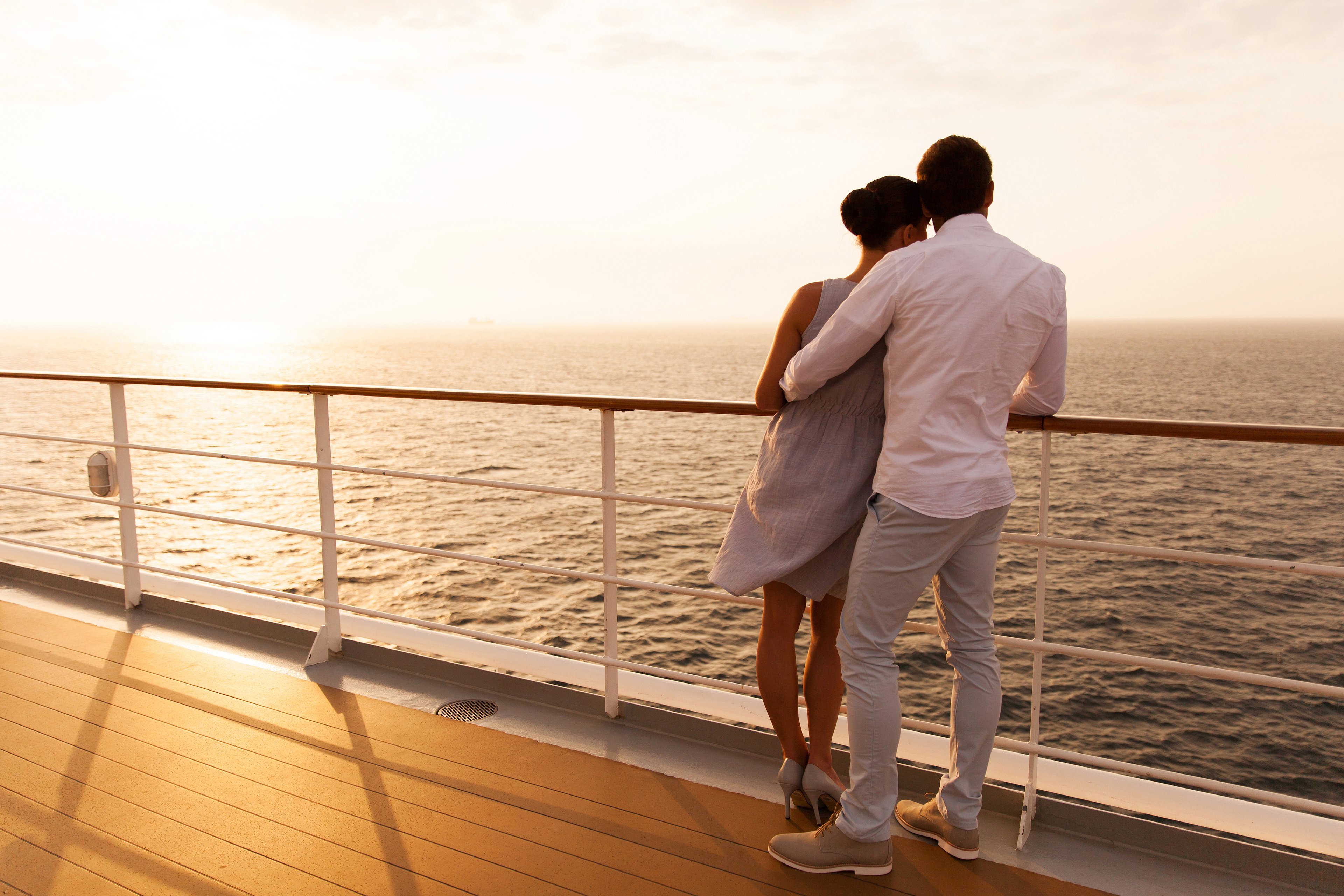In fiscal 2012, the smallest of the listed cruise companies Norwegian Cruise (NCLH +6.52%) achieved a revenue growth rate and an operating margin that surpassed its larger competitors Carnival (CCL +9.81%) and Royal Caribbean (RCL +2.39%) who boast a combined 70% global market share. How did Norwegian Cruise achieve those feats and what will be the factors that contribute to its continued success going forward?
Avoiding destructive price competition
If Norwegian Cruise had followed the lead of other cruise companies and competed with the market leader Carnival on price, it wouldn't have survived to become a strong No. 3 with a 7.6% market share of the global cruise industry. In contrast, Carnival and Royal Caribbean boast global market shares of 48.4% and 23.3%, respectively. With six times the relative market share of Norwegian Cruise, Carnival has a huge cost advantage.
For example, Carnival spent $527 million on advertising in 2012 -- six times Norwegian Cruise's advertising costs in the same year. However, Carnival's 3.4% advertising cost as a percentage of sales was lower than that of Norwegian Cruise (3.7%). In other words, Carnival reinvested a lower proportion of its revenue to attract new customers but it got more bang for its buck. Therefore, it makes little sense for Norwegian Cruise to fight Carnival on price, since Carnival has a leaner cost structure by virtue of economies of scale. Carnival has the luxury of choosing between offering better prices than its peers to drive them out of competition or maintaining prices at parity to derive higher profits.
According to a survey conducted by the Cruise Line International Association, or CLIA, the top three factors that influence customers' cruise line decisions are home port, price, and on-board facilities. Norwegian Cruise understood this very well and decided to go with a differentiation strategy instead of a low-cost strategy that won't allow it to beat Carnival. The results speak for themselves; Norwegian Cruise delivered an operating margin superior to its peers for the full year of fiscal 2012.
Unique positioning
To attract customers based on non-price factors, a cruise line's positioning in the mind of customers is especially crucial. Carnival has positioned itself as 'fun' as it calls its ships "The Fun Ships." Royal became associated with 'adventure' after it became the first in the industry to launch surf simulators.
Norwegian Cruise's brand of cruising experience is called "freestyle cruising." In essence, it is all about giving the customers greater freedom in every aspect of cruising, from dining to dress codes. For example, Norwegian Cruise allows customers to have their meals at any time they want. This is in sharp contrast to the traditional fixed dining times that other cruises stipulate. Although some elements of Norwegian Cruise's "freestyle cruising" have been copied by competitors, Norwegian Cruise still has tremendous mindshare with its customers as the pioneer of this concept.
Furthermore, this concept has helped Norwegian Cruise Lines earn more money from its customers beyond ticket revenues. While the ticket price covers accommodations, basic meals, and most on-board entertainment activities, passengers have to pay extra for casino operations and certain specialty dining options. For example, it will cost you and your family about $15 to $75 per person to enjoy Chicago steakhouse fare, expertly prepared sushi, French bistro, or Italian trattoria. On-board revenue accounted for close to 30% of Norwegian Cruise Lines' 2012 fiscal revenue, suggesting that the "freestyle cruising" concept has encouraged passengers to increase their on-board spending.
Getting around the limitations of size
While Norwegian Cruise doesn't have the scale economies of its bigger competitors, it isn't necessarily handicapped by its size (or lack of it).
Firstly, consumers recognize brands, not companies. While Carnival and Royal Caribbean are large companies, their multi-brand strategies mean that their advertising spend and consumer attention are diluted. Carnival has the cruise ship brands Carnival, Costa Cruises, Princess, and Holland America, while brands Royal Caribbean, Celebrity, and Pullmantur operate under the umbrella of Royal Caribbean. In contrast, Norwegian Cruise operates a single brand concept. In fact, the market share of the Norwegian Cruise brand is on par with that of Carnival's second-largest brand Costa Cruises.
Secondly, although Norwegian Cruise can't transform itself into the largest cruise ship company in the world overnight, it can and has built large cruise ships that rival those of its peers. Its flagship large cruise ship Norwegian Epic, which came into service in 2010, commands a price premium in excess of 10% over the rest of its fleet. Furthermore, Norwegian Cruise's new ships also command a double-digit premium above the prices of Norwegian Epic. This is a sign that customers will pay more to travel on larger cruise ships as long as they can enjoy better vacation experiences. For example, Norwegian Cruise's new ship Norwegian Breakaway is the first cruise ship to have an Aqua Park, complete with five full-size water slides.
Conclusion
Most Davids can't beat Goliaths because they choose to go down the same path as everybody else while thinking that they can achieve better results. Norwegian Cruise has become a strong No. 3 in the cruise ship industry by competing on non-price factors, having clear positioning, and building scale in a different way







